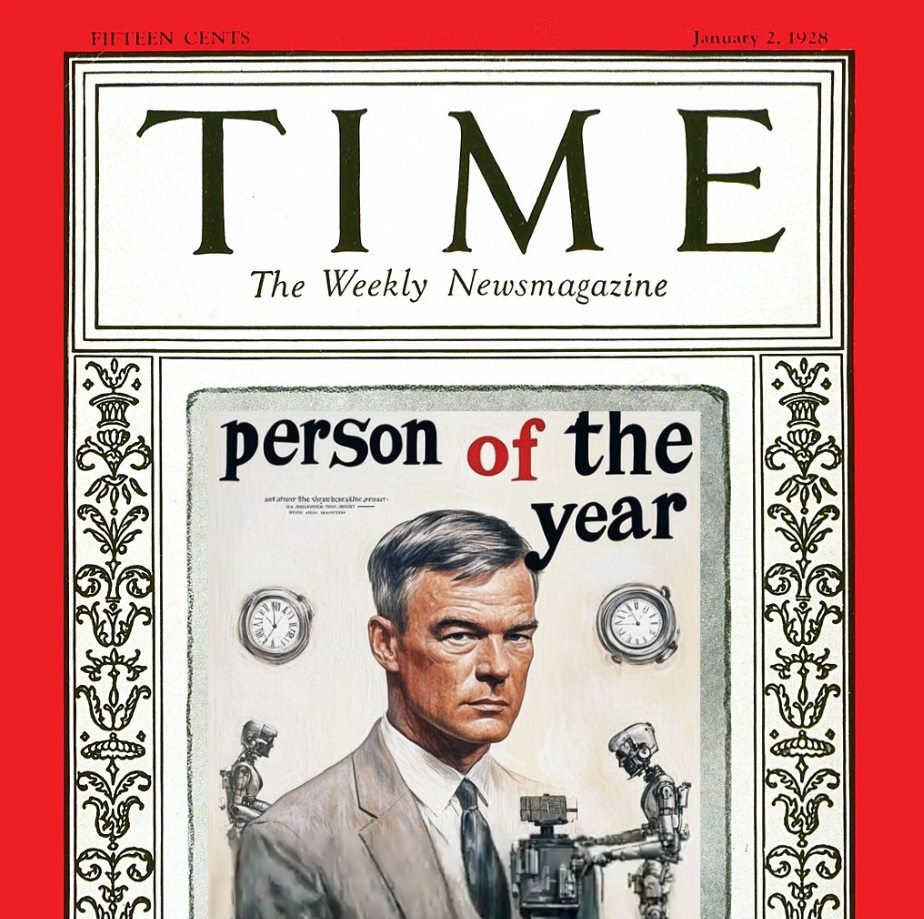Big move from the White House.
Every federal agency is now required to name a Chief AI Officer (CAIO) — and while this is a public sector mandate, it’s a wake-up call for the private sector too.
Let’s break this down:
What is a Chief AI Officer?
A CAIO isn’t just the “ChatGPT guy.”
They’re not there to slap AI on your slide decks or automate your email replies.
The right CAIO drives real transformation, aligning AI with business strategy.
They sit at the intersection of:
-
Technology
-
Strategy
-
Change management
-
Ethics and risk
And they have one job: make AI useful, responsible, and scalable inside the organization.
What to look for when hiring a CAIO:
If you're a business leader thinking, “Should we have one too?” — here’s what matters.
✅ Strategic thinking
They need to understand your business model, your data, and how AI can actually solve problems or unlock new growth.
✅ Technical fluency (not coding)
They don’t need to build the models, but they must know the difference between an LLM, RPA, and ML ops.
They need to know what's possible and how to translate it for the boardroom.
✅ Change management skills
AI = behavior change.
A great CAIO can rally teams, upskill departments, and reimagine workflows — without creating chaos.
✅ Ethics and governance mindset
The Wild West days of AI are over.
The right leader bakes in guardrails from day one — thinking about bias, compliance, and risk before your legal team has to.
✅ Communication expert
They must explain complex tech in simple terms.
From frontline teams to the C-suite, a CAIO needs to evangelize AI in a way that drives adoption, not confusion.
This isn’t just a government story.
It’s a corporate survival strategy.
If your company is serious about AI — not just experimenting, but integrating — the CAIO could be your most important hire in the next 12 months.
The question isn’t should you get one?
But rather, Can you afford not to?









